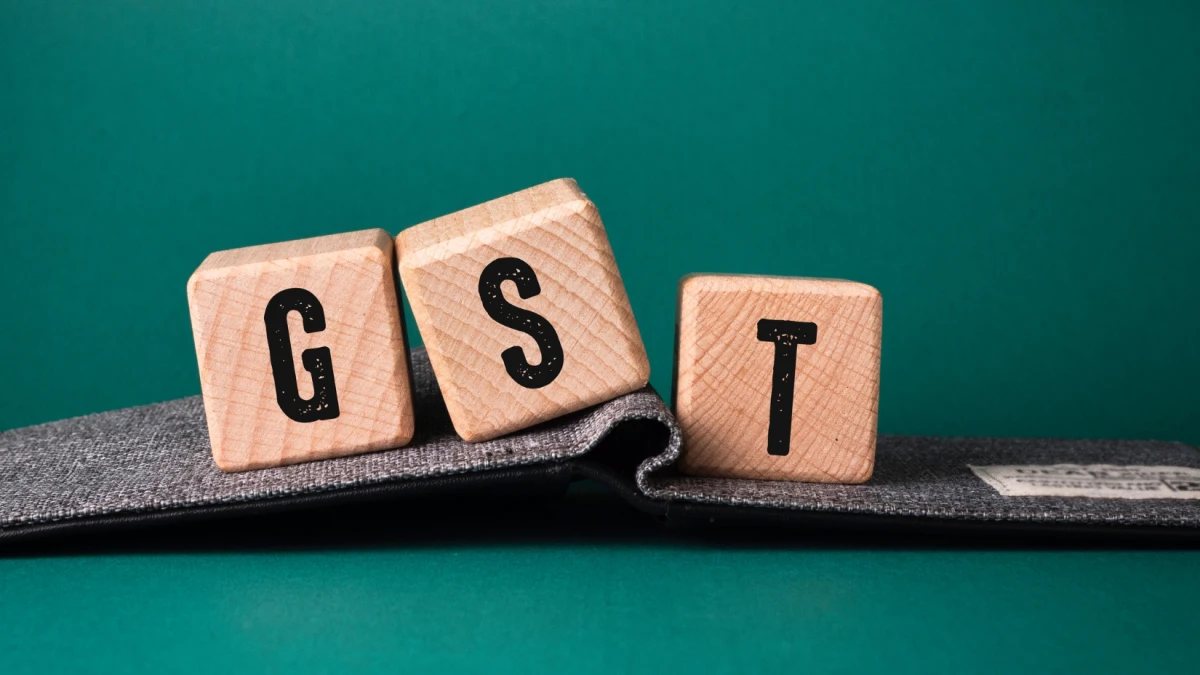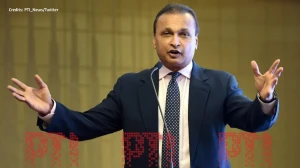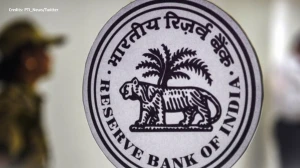New Delhi, Aug 15 (PTI) Prime Minister Narendra Modi on Friday announced plans for big bang reforms in the GST regime by Diwali, which will bring down prices of everyday items, as his government looks to overhaul the eight-year-old tax structure plagued by compliance issues, evasions and litigation.
The present GST tax rates of nil/zero on essential food items, 5 per cent on daily use products, 12 per cent on standard goods, 18 per cent on electronics and services and 28 per cent on luxury and sin goods will be replaced by by a two tax slabs of 5 per cent and 18 per cent plus a special 40 per cent top bracket for 5-7 demerit goods.
While essential food items, medicines and education will continue to be taxed at zero rate in the proposed revamped goods and services tax (GST) regime, 99 per cent of items in the current 12 per cent slab will move to the 5 per cent bracket. Services will continue to be charged at 18 per cent, except insurance, whose tax rates are not yet clear.
But the biggest beneficiary of the rejig would be electronics items like ACs, TVs, fridges, washing machines and cement that, along with 90 per cent of the items currently being charged at a 28 per cent tax rate, would move to the 18 per cent bracket.
A special tax rate of 40 per cent - the maximum rate allowed under the GST law - would be charged for demerit and sin goods like tobacco, gutka, and pan masala, as well as online gaming, highly placed sources told reporters soon after the Prime Minister's announcement of GST revamp in his Independence Day address to the nation.
Sources, however, did not say how automobiles, which are currently in the highest tax bracket, would be charged in the revamped regime.
They said tobacco and other such products would continue to attract a total incidence of 88 per cent tax, the same as currently, and a separate levy will be brought in.
Petroleum products, such as petrol, diesel, natural gas, ATF and crude oil, will continue to remain outside the GST, as they remain a major source of revenue for states.
When GST was implemented from July 1, 2017, it subsumed central levies like excise duty and service tax and state taxes like VAT into one levy. However, petroleum products, for the time being, and alcohol were kept out of it.
"This Diwali, I am going to make it a double Diwali for you," Modi said in his address.
Stating that over the past eight years, his government has undertaken major GST reforms, the Prime Minister said, "We have discussed with states and we are bringing next-generation GST reforms that will reduce the tax burden across the country".
"Tax on items for the common man will be reduced substantially. Our MSMEs will benefit hugely. Daily use items will become cheaper, which will also strengthen our economy," he said.
Soon after the Prime Minister's address, the Union Finance Ministry, in a statement, unveiled the Centre's blueprint of GST revamp, standing on three pillars of structural reforms, rate rationalisation and ease of living.
The indirect tax regime, which at the time of implementation was hailed as a game-changing one-nation-one-tax, has led to the indirect tax base doubling to 1.52 crore, but tax rate cuts and the pandemic slowdown have meant net revenue collected has only recently converged to the pre-GST level. It has also seen alleged evasion cases and litigation swell while compliance, especially for small businesses, remains cumbersome.
To address this, the finance ministry has, in a proposal set to a group of ministers from states, called for "reduction of taxes on common man items and aspirational goods" to enhance affordability, boost consumption, and make essential and aspirational goods more accessible to a wider population.
Significantly, it proposed moving to a "simple tax with two slabs - standard and merit. Special rates only for a select few items".
Once the GoM vets it, it would go to the GST Council, headed by the Union Finance Minister and comprising representatives of all states, for a final implementation decision sometime in September.
The revamp may lead to a loss of revenue, which currently stands around Rs 2.10 lakh crore a month, but a boost to consumption and the economy is likely to recoup it in a matter of "a few months", sources said.
Inverted duty structure in sectors like textiles and fertiliser will be addressed.
Once the revamped regime is implemented, the cess that is charged on luxury and sin goods on top of the highest 28 per cent rate will immediately end. The cess was initially levied to compensate states for the loss of revenue in the first five years of implementation of GST. It continued thereafter as the money borrowed to pay for the compensation had to be repaid. That repayment and revamp will coincide, sources said.
On structural reforms, the finance ministry said the inverted duty structure needs to be corrected, and classification needs to be resolved to streamline rate structures, minimise disputes, and simplify compliance processes.
To make compliance easier, the ministry proposed GST registration, especially for small businesses and startups, in three days, as well as the implementation of pre-filled return filing to reduce manual intervention and faster processing of refunds.
This report includes content sourced from Press Trust of India (PTI), edited for clarity and context.






